-
Welcome to Tundras.com!
You are currently viewing as a guest! To get full-access, you need to register for a FREE account.
As a registered member, you’ll be able to:- Participate in all Tundra discussion topics
- Transfer over your build thread from a different forum to this one
- Communicate privately with other Tundra owners from around the world
- Post your own photos in our Members Gallery
- Access all special features of the site
Fuel Tank Over Flow Line Leak DIY
Discussion in '2nd Gen Tundras (2007-2013)' started by JibbaJibba56, Sep 14, 2023.


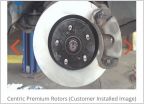 Brakes and Rotors
Brakes and Rotors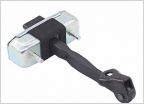 Door check replacement
Door check replacement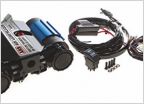 Where to install an air compressor on a 2nd Gen Crewmax?
Where to install an air compressor on a 2nd Gen Crewmax?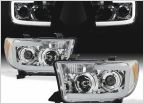 2008 Tundra Headlight/grill upgrade
2008 Tundra Headlight/grill upgrade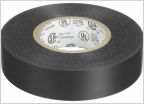 Check Engine Light Won't Turn Off
Check Engine Light Won't Turn Off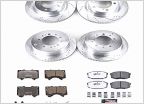 What are your suggestions on brakes and rotors
What are your suggestions on brakes and rotors














































































